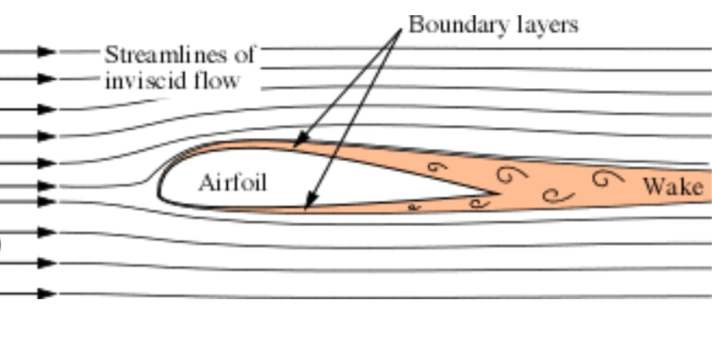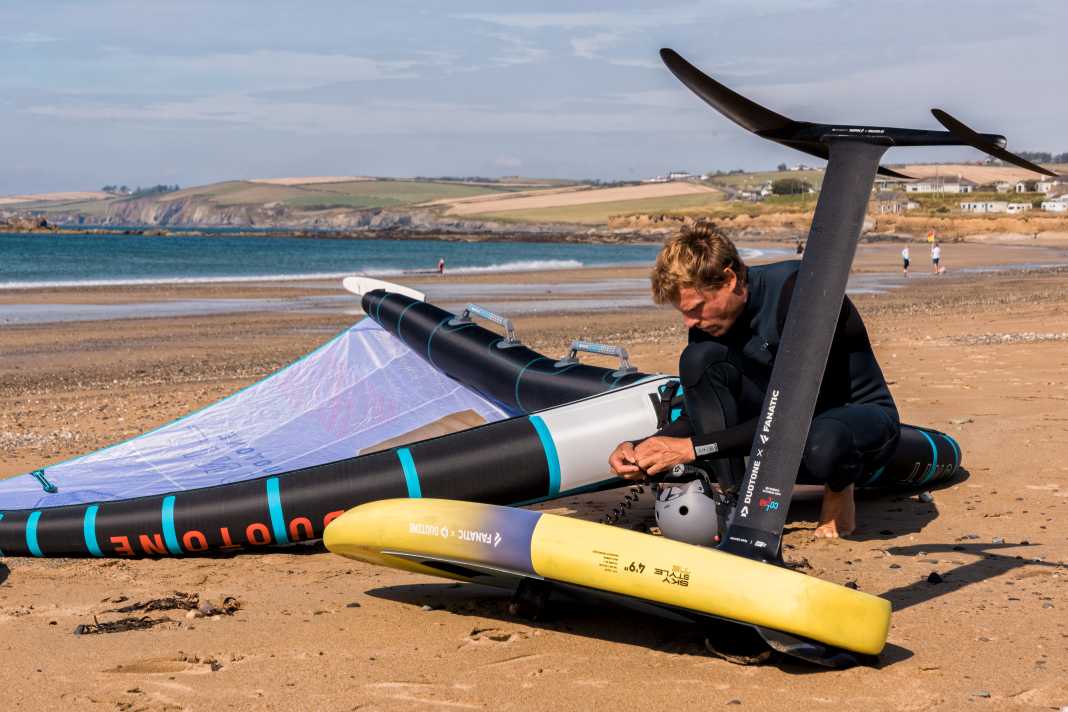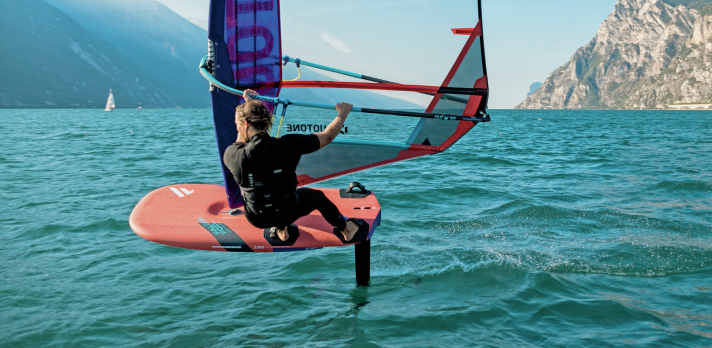




Sanding wings and masts - for many amateur surfers, this sounds like fine-tuning for foil nerds. However, it's no longer just surfers who compete for places in the World Cup or have immortalised the boulder near the shore in their foil who reach for the sandpaper, but normal hobby surfers too. In this interview, foil expert Klaas Voget explains when it makes sense to sand your foil, the best way to do it and why it can also be good for your ears.
Klaas, are you a grinder?
Definitely! Sanding the foils makes perfect sense in many cases. After all, foils come out of a mould and their finish is never quite perfect. In production, a top coat is then applied afterwards to give the foil a nice finish and seal small imperfections. The surface is then either glossy or slightly matt, but not yet ideal for a perfect flow. Sanding can make your foil noticeably more powerful - with smoother flight behaviour and higher top speed.
How exactly does it work?
The sanded surface causes less turbulence, which reduces stall and drag. Instead, a permanent film of water, a so-called "boundary layer", forms on the micro-scratches caused by sanding. This water film is then flowed around by the surrounding water with less resistance.

Which components of the foil should be sanded to achieve the desired result and how exactly is the procedure carried out?
You should sand all components, i.e. both wings, the mast and the fuselage. Start with 400 grit and then work your way up to 800 and 1200 grit sandpaper. Some people go even finer, but I don't think it makes much difference in the end. You should take care to sand evenly, i.e. not to sand one area more heavily than others. It is also important that you don't sand one side with fresh sandpaper and then the other side with the worn-out sandpaper - then you have an asymmetry that you will notice afterwards.






Do you sand the wings in the direction of travel? Or is the sanding direction less important?
The experts argue about this. Our foil designer at Fanatic also has a lot of experience with sanding foils but has not yet discovered any real differences in performance depending on the direction of sanding. Personally, I always sand in small circles. I take wet sandpaper and work my way from the centre of the wing to the wingtip in small circles. Then I take new paper and sand from the centre to the other wing tip and so on. I pay particular attention to evenly and thinly sanded trailing edges of the mast and wings.
Let's be honest - do amateur surfers even notice the difference? Or is this a matter for professionals?
Of course, it makes the most sense in the racing sector. Everyone does it here. And if you don't do it, you have no chance of being at the front. Generally speaking, the smaller the foil and the higher the speed, the more important it becomes. Even as an ambitious hobby surfer, however, you will notice a difference, simply because a cleanly cut foil cuts through the water more smoothly, more controlled and with less resistance, which ultimately also makes a difference to top speed.
If a foil whistles, this is a sign that it is not working optimally

What about hobby surfers who use a thicker profiled low-aspect foil?
You will probably hardly notice any difference in performance if you use a thick and therefore naturally slower cruiser foil. Nevertheless, sanding can make sense, e.g. when foils whistle.
What causes the foil to whistle?
The whistling is caused by turbulence, which in turn causes vibrations. Any whistling is therefore an indication that the foil is not working optimally. The noise is often caused by unclean airflow from the rear wing and it howls through the entire system and the mast. When applying the final top layer, some material sometimes collects at the trailing edge of the wing during production and solidifies there. This causes the turbulence and the annoying whistling. If you grind the trailing edge of the wings more sharply, as described, which improves the airflow, the problem is usually quickly solved. Just make sure that it does not become razor-sharp, because then it becomes dangerous!
Klaas, thank you for the interview!
Also interesting:

